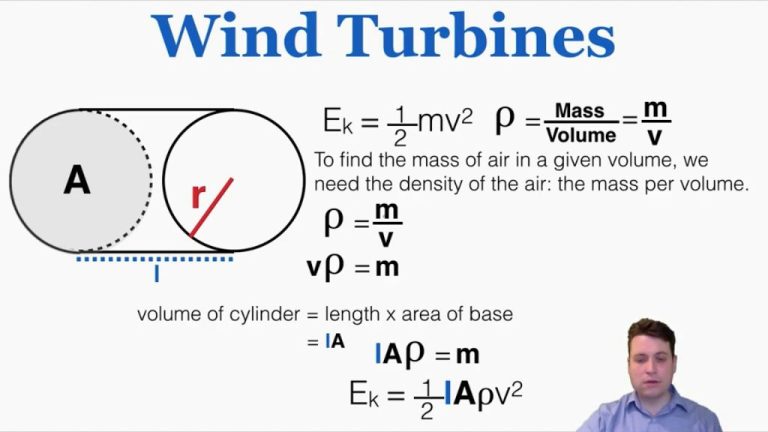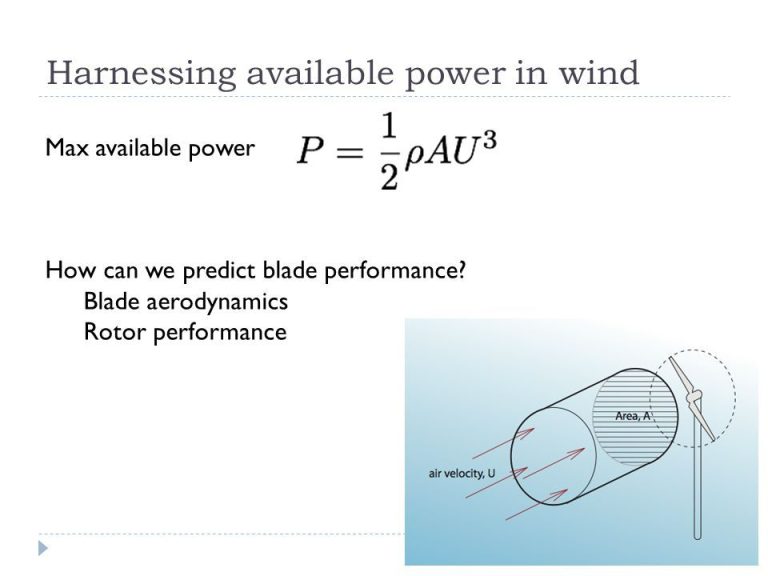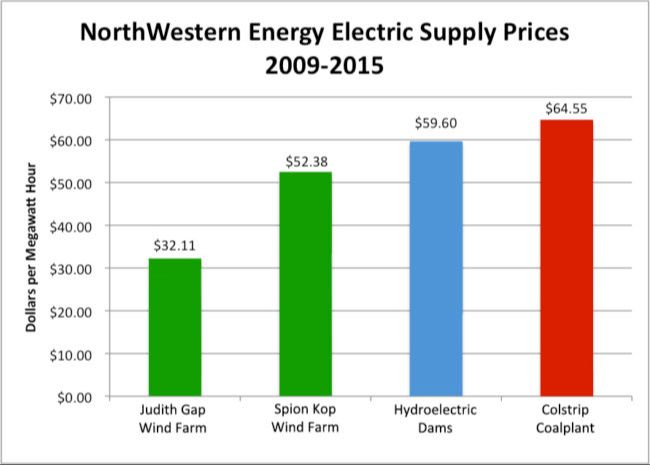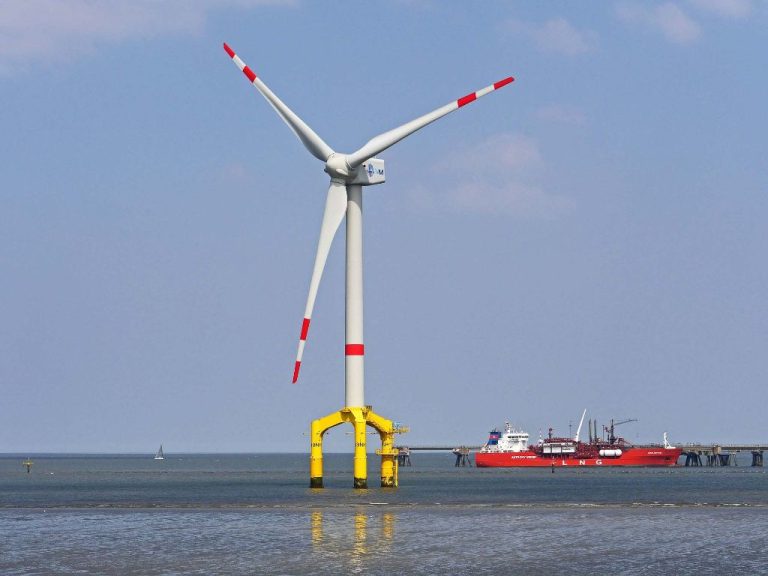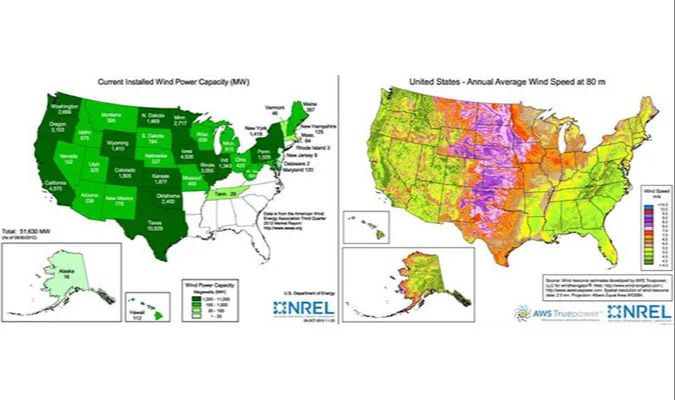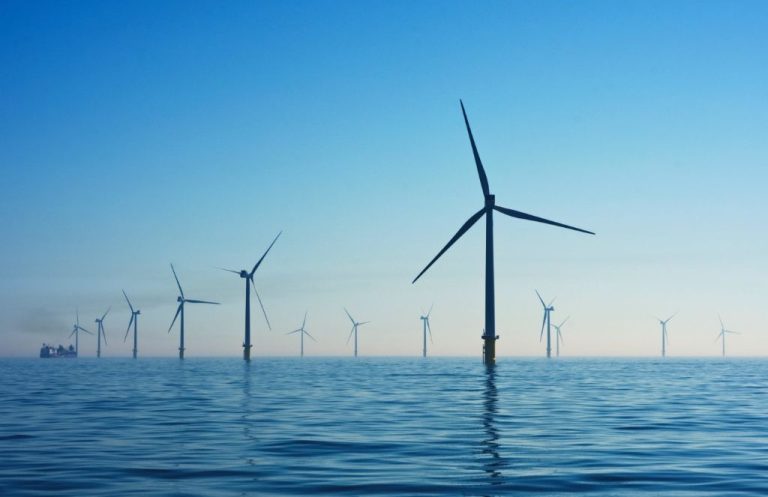Why Is Wind Energy So Cheap?
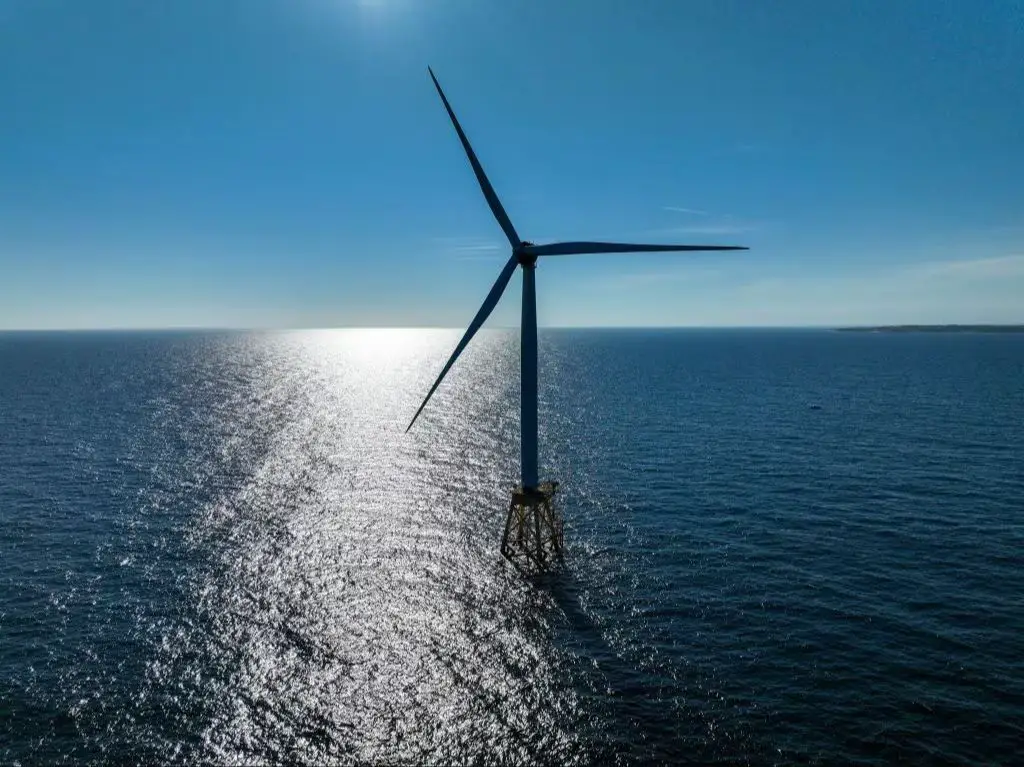
In recent years, the cost of wind energy has fallen dramatically. According to the U.S. Department of Energy, the costs associated with land-based wind power declined by nearly 70% between 2009 and 2020. The levelized cost of wind energy is now competitive with traditional energy sources like coal and natural gas.
This downward trend in costs can be attributed to factors like manufacturing improvements, increased turbine sizes, logistical advancements, and economies of scale. Between 2000-2020, the average turbine capacity in the U.S. grew by over 170% (Source: https://www.nrel.gov/docs/fy12osti/54526.pdf). As a result of larger turbines and other optimizations, wind project costs in 2019 were about $1,500/kW, over 40% lower than the peak in 2009 (Source: https://www.energy.gov/articles/doe-releases-new-reports-highlighting-record-growth-declining-costs-wind-power).
This article will explore the major factors behind the plunging costs of wind power over the past 10-20 years.
Economies of Scale
One of the main reasons wind energy has become so inexpensive is due to economies of scale. As the wind industry has matured, manufacturers have been able to produce larger numbers of wind turbines, bringing down costs through mass production. According to a 2017 report by NREL, the average turbine installed in 2015 was 20% larger and over 10% cheaper than in 20111. This concept is known as “economies of scale” – as more turbines are manufactured, costs come down across the supply chain from raw materials to installation.
A recent 2023 study also found that doubling cumulative installed wind capacity decreases the levelized cost of energy by around 10-18%2. The wind industry has benefitted enormously from economies of scale, with each doubling of total installed capacity worldwide leading to a 19% reduction in turbine costs from 1981-20153. These cost declines have made wind power highly competitive with fossil fuels.
Turbine Design Improvements
One key factor driving down the cost of wind energy is innovations in wind turbine design that have increased efficiency and energy production. Modern wind turbines now utilize larger rotors and taller towers to capture more wind energy. According to the U.S. Department of Energy, the average rotor diameter has more than doubled since 1998 to over 110 meters across, which greatly increases the swept area of the blades [1]. Taller towers ranging from 80 to 140 meters high also enable turbines to reach stronger and more consistent winds.
New lightweight materials like carbon fiber and fiberglass allow the larger rotors to remain structurally sound while minimizing weight. Additionally, advanced control systems and blade pitch optimization regulates rotor speed for maximum efficiency in changing wind speeds. Altogether, these turbine design improvements enable the capture of substantially more wind energy for a given area of land.
Manufacturing Advances
Advances in manufacturing techniques have significantly reduced the costs of producing wind turbines and components. Automation and specialization in manufacturing facilities have increased productivity and lowered labor costs. Many turbine components, including blades, towers, and drivetrains, were traditionally made manually. But robotic automation now plays a major role. For example, advanced computerized systems can lay up fiberglass and resin blades instead of technicians doing it by hand.
3D printing has also emerged as an innovative way to manufacture wind turbine blades and towers on-site, reducing transportation costs. According to the U.S. Department of Energy, 3D printing polymer-based materials could lower blade production costs by 35% or more
(https://www.energy.gov/eere/articles/3d-printed-wind-turbine-blades). On-site 3D printing of concrete towers slashes logistics needs as well. Overall, manufacturing specialization and implementing advanced techniques like automation and 3D printing have substantially decreased wind energy costs.
Logistics and Installation
The logistics of transporting and installing utility-scale wind turbines have improved greatly, reducing overall costs. Massive wind turbine components were once transported by road, which required closing highways and was inefficient. Today, purpose-built ships and onsite assembly help reduce transport costs. According to Wind Turbine Transportation and Logistics Challenges and Solutions, specialRoll on/Roll off ships can now transport multiple turbine sets per trip. Components can also be pre-assembled at port to reduce the number of trips. Onsite assembly further reduces the challenges of moving massive pieces over land. As explained by Wind Turbine Installation Overcoming Challenges in Offshore Logistics, newer turbine designs allow for more onsite assembly rather than transporting full towers.
Operation and Maintenance
The operation and maintenance costs of wind turbines have decreased over time as technology improvements allow for more predictive maintenance and longer intervals between major overhauls. Remote monitoring systems and data analysis techniques have enabled more efficient scheduling of maintenance based on actual performance and condition of components rather than fixed time intervals. According to o-innovations.com, vibration monitoring and oil analysis can detect issues early and optimize maintenance timing. New turbine designs and better materials have also increased reliability and component lifetimes.
According to the U.S. Department of Energy, operation and maintenance costs have fallen from around $30-$60 per MWh in 2000 to $10-$25 per MWh in 2020. This drop in O&M costs has made wind energy more cost competitive with fossil fuels.
Financing Costs
One major factor contributing to the declining cost of wind energy is lower financing costs. As wind energy technology has matured and deployment has scaled up dramatically, wind energy is now seen as a less risky investment. This lower perceived risk leads to a lower cost of capital for financing new wind projects according to BNEF. The weighted average cost of capital (WACC) for new wind farms was around 2% in the early 2010s but has since fallen to around 1% as of 2021. Cheaper financing means lower overall costs for wind farm developers, allowing them to offer wind electricity at increasingly competitive prices.
Government Incentives
Government incentives have played a major role in driving down the costs of wind energy. One of the most impactful policies has been tax credits, which reduce the tax burden of companies involved in wind energy production and installation. Major tax credits include the Production Tax Credit (PTC), which provides a per-kilowatt-hour tax credit for electricity generated by qualified energy resources such as wind (Frontiers in Environmental Science, 2022). Another is the Investment Tax Credit (ITC), which allows companies to deduct a percentage of the cost of installing wind energy systems from their taxes (NCBI, 2022). These incentives have accelerated wind energy adoption by offsetting high initial capital costs.
Government funding for research and development (R&D) has also driven down costs. Support for wind energy R&D focuses on turbine design innovations, forecasting tools, and testing facilities. This facilitates continuous improvements in efficiency, performance, reliability, and cost-competitiveness (MDPI, 2023). Overall, strategic use of tax credits and R&D investments has enabled remarkable growth in wind energy by improving economics.
Falling Fossil Fuel Prices
One of the main reasons wind energy has become so affordable is that natural gas prices have fallen sharply over the past decade. Natural gas and wind energy often compete to supply electricity to the grid. As the price of natural gas power generation has declined, this has reduced the competitive advantage of wind power. However, even with cheap natural gas, the levelized cost of wind power has continued to fall. According to the International Energy Agency, higher natural gas and coal prices in 2021 improved the competitiveness of wind and solar power, despite increases in wind turbine costs.
An Ars Technica analysis found that in 2019, the national average levelized cost of wind power fell below $40/MWh, cheaper than the cost of natural gas power generation. So while cheap natural gas has reduced market competition, improvements in wind power technology have enabled it to remain highly cost-competitive.
Conclusion
In summary, there are several key factors that have driven down the costs of wind energy over the past decade:
Economies of scale – As the wind industry has matured and expanded, manufacturers have been able to produce larger turbines and leverage supply chain efficiencies.
Turbine design – Advanced turbine designs, such as larger rotors and taller towers, have increased wind turbine productivity and capacity factors.
Manufacturing – Standardized and streamlined manufacturing techniques have reduced production costs per megawatt.
Logistics and installation – Improvements in transportation logistics, installation equipment, and project management have lowered balance-of-plant costs.
Operation and maintenance – More reliable turbine designs have reduced operating costs and increased turbine lifetimes and availability.
Financing – Lower perceived technology risks have reduced financing costs for wind projects over time.
Government incentives – Policy support mechanisms like production tax credits have catalyzed deployment and scale.
Fossil fuel prices – Declines in natural gas prices have put downward pressure on wholesale electricity prices.
Thanks to all of these factors working together, wind energy has become one of the lowest cost options for new electricity generation in many markets around the world.

